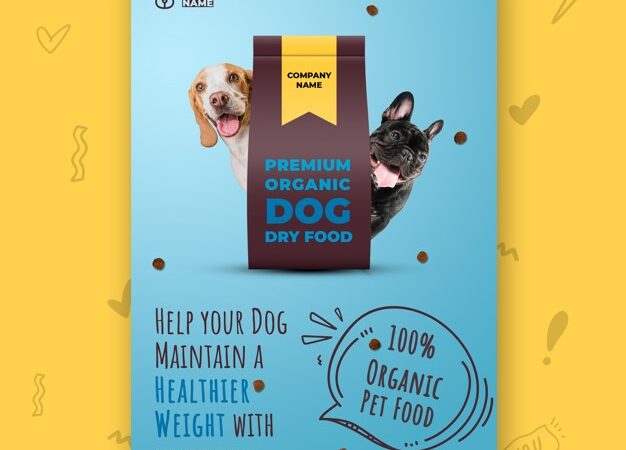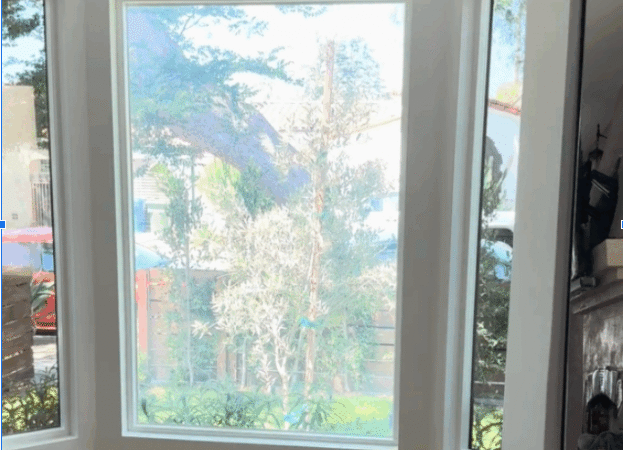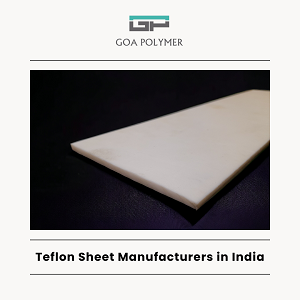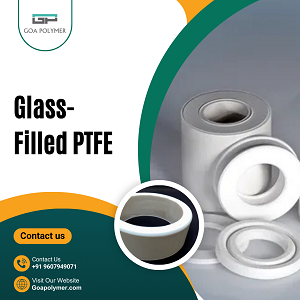How to Make Good Quality Dog Food Packaging Cheaply
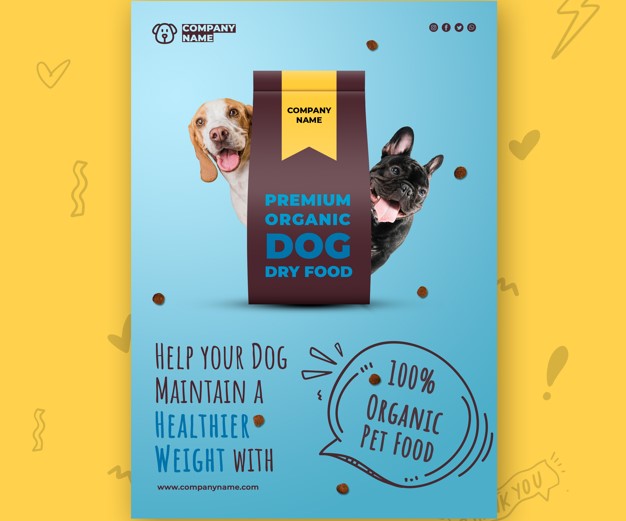
In the competitive pet food market, where U.S. sales alone exceed $50 billion annually, packaging is more than a container—it’s a brand ambassador that protects product integrity while appealing to cost-conscious consumers. For small businesses, startups, or homemade dog food makers, creating high-quality packaging on a budget is essential. Good quality means durability, freshness preservation, and visual appeal, all without breaking the bank. This article outlines practical strategies, drawing from industry practices, to achieve this balance. By focusing on affordable materials, smart designs, efficient manufacturing, and sustainable tweaks, you can produce dog food packaging that rivals big brands at a fraction of the cost.
Choosing Affordable Materials
The foundation of cheap yet quality packaging lies in material selection. Paper and cardboard top the list for low-budget plans, offering moderate protection while being recyclable and customizable. These are ideal for outer boxes or bags, especially for dry kibble, as they prevent moisture ingress when coated with wax or liners. Kraft paper and corrugated cardboard are particularly eco-friendly and cost-effective, providing strength without high expense. For wet food, high-barrier aluminum or plastic pouches maintain freshness affordably, with single-serve options reducing waste.
Flexible materials like stand-up pouches and films are game-changers, using lighter weights that cut shipping costs and landfill space. Woven polypropylene bags, often used for bulk pet food, are puncture-resistant and reliable, balancing affordability with durability. Avoid premium metals like aluminum cans if budgeting; instead, opt for BPA-free plastics or bioplastics for safety and low cost. Sourcing from suppliers with low minimum order quantities (MOQs) can drop per-unit prices to under $0.50 for basic pouches. Remember, layering materials—such as paper exteriors with plastic liners—enhances barrier properties without escalating costs.
Cost-Effective Design Strategies
Design doesn’t have to be extravagant to be effective. Start with minimalist aesthetics: clean lines, simple colors like blues for trust or greens for natural vibes, and bold fonts for readability. Incorporate pet-friendly graphics, such as dog silhouettes or icons for flavors (e.g., a chicken symbol), to evoke emotion without complex illustrations. Tools like free design software (Canva or GIMP) allow DIY customization, saving on professional fees.
Functionality boosts perceived quality cheaply. Add resealable zippers or hook-to-hook closures for reusability, which are inexpensive to integrate during production. Transparent windows let consumers see the product, building trust, while pinch-bottom or quad-seal bags handle larger volumes affordably. For branding, use digital printing for short runs, avoiding costly plates for traditional methods. Highlight USPs like “grain-free” or “made in USA” with icons to stand out on shelves without overdesigning. Side-seal pouches work well for smaller portions, offering uniformity at low cost. Testing designs via mockups ensures they convert without expensive revisions.
Budget-Friendly Manufacturing Methods
Manufacturing on a shoestring requires smart partnerships and processes. Flexible packaging lines, like those for stand-up or zipper pouches, are efficient and scalable for small batches. Co-packers or print-on-demand services minimize upfront investments, handling filling, sealing, and labeling. For homemade setups, manual heat sealers (under $100) can produce vacuum or composite bags at home.
Opt for monomaterial options like polyethylene (PE) for easier sealing, though it may require pinch rollers—still cheaper than multi-layer setups. Paper-plastic composites or woven bags reduce material waste, lowering operational costs like utilities and labor. Changeover efficiency is key; standardize sizes to speed production lines. Sourcing from global suppliers via platforms like Alibaba can halve costs, but verify quality certifications (e.g., FDA-compliant) to avoid recalls. For plant-based or specialty foods, adapt existing lines without new equipment, focusing on appearance and nutrition labeling.
Tips for Sustainability on a Budget
Sustainability enhances quality perception without high costs. Biodegradable materials like plant-based bioplastics or recycled paper are now affordable, often cheaper than virgin plastics long-term due to eco-tax incentives. Flexible, recyclable pouches reduce plastic waste while maintaining barriers. Switch to paper-based options for outer packaging, which are compostable and appeal to eco-conscious buyers.
Incorporate QR codes for digital info, cutting print needs. Avoid toxins like those in aluminum or tins by choosing glass jars for premium wet food, though reuse plastic for budget lines. Partner with suppliers offering sustainable certifications at no extra cost, boosting market appeal. This not only saves money but positions your brand for future regulations.
Conclusion
Crafting good quality dog food packaging cheaply demands ingenuity: select paper or flexible plastics, design simply yet functionally, manufacture efficiently, and embrace affordable sustainability. These steps ensure freshness, safety, and shelf appeal, turning budget constraints into competitive advantages. With the pet industry growing, mastering this can lead to loyal customers and scalable success.
5 FAQs About How to Make Good Quality Dog Food Packaging Cheaply
- What are the most affordable materials for dog food packaging?
Paper, cardboard, and woven polypropylene are budget-friendly, offering durability and customization for dry food, while plastic pouches work for wet varieties. - How can I design effective packaging without high costs?
Use minimalist designs with free tools, add resealable features, and focus on clear labeling and icons to enhance appeal affordably. - What manufacturing methods keep costs low?
Opt for flexible pouch production with low MOQs, manual sealing for small-scale, or co-packers to avoid equipment investments. - Is sustainable dog food packaging possible on a budget?
Yes, recycled paper or bioplastics are cost-effective and eco-friendly, often cheaper due to incentives and reduced waste. - How do I ensure quality while minimizing expenses?
Prioritize certified materials, test for barriers, and standardize processes to maintain freshness without overspending.
